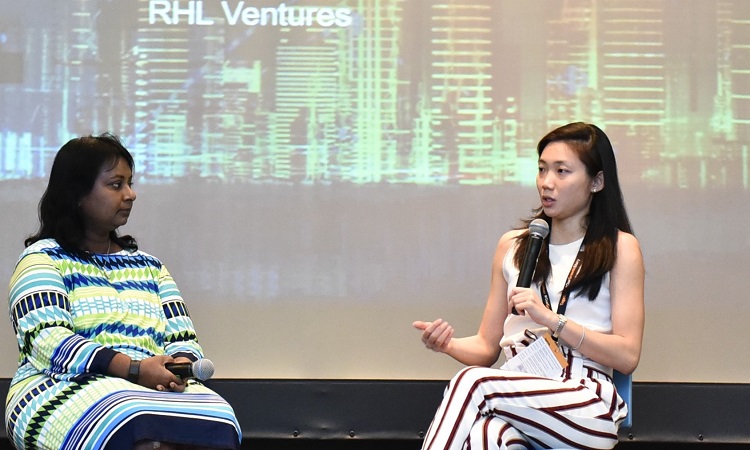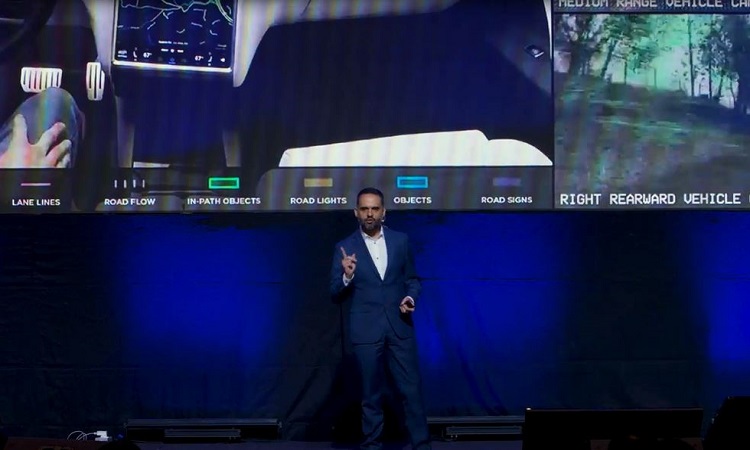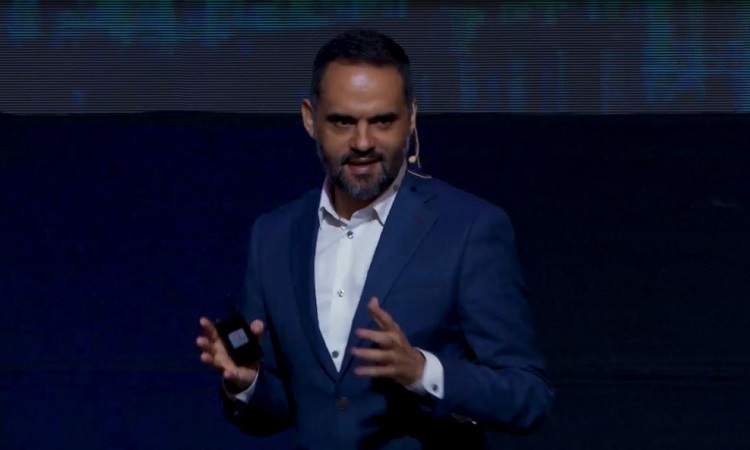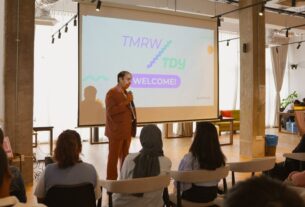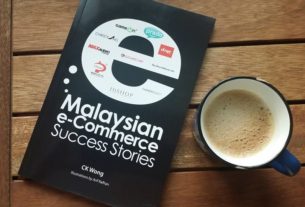Earlier this week, Business Circle KL had reported about a recent event organised by the the National Association of Women Entrepreneurs of Malaysia (or “NAWEM” which stands for Persatuan Kebangsaan Usahawan Wanita Malaysia) in collaboration with SAP Malaysia on “Building the Intelligent Enterprise”. To recap, the guest speaker at the event was Rudy Abrahams, SAP (Southeast Asia) Head of the Digital Transformation Office.
Abrahams was also a speaker at the Asian Innovators’ Summit (AIS) 2019 held in Kuala Lumpur last month. Our report on AIS can be found here.
Abrahams likened Intelligent Enterprises to autonomous vehicles.
According to him, digital transformation projects do not fail because of any fault in technology: “They really fail because of the organisation, and because of the people. Hence, having an empowered labour force that understands the benefit for themselves and for the organisation is critical and key.”
“In order to position the Intelligent Enterprise, I’m going to use the analogy of the electric cars and autonomous cars. An autonomous car can drive in the dark with a high degree of visibility through LIDAR technology. We can do the same in our organisation; once there were dark spots in the organisation, we can suddenly take data and start connecting those data and making good business decisions.
“But it’s not only important to have visibility over the organisation; it’s making sure that we have focus on the right things. One of the things that autonomous cars do very well is collecting data all the time. They have the ability to simulate any object and its trajectory around themselves, and make a critical decision.”
Abrahams noted that Intelligent Enterprises not only had to understand what’s going on in their landscape: “More important is how we gear and respond to market conditions. If we’ve got early warning systems to trigger us that an accident’s going to happen – an overrun on the production line, an invoice that’s gone out in triplicate, multiple invoices that have gone out to the same customer, those are accidents that cost our reputation and the customer experience with us. In the Intelligent Enterprise, we have the ability to limit some of these accidents we have in the workplace.”
Abrahams said that Intelligent Enterprises have become part of a self-learning intelligent system. “As we start assimilating the data and federating that data, we begin to see that entire experience get heightened. That’s machine learning and artificial intelligence.”
Abrahams pointed out that electric car manufacturer Tesla had an amazing market capitalisation ($2.5bn in 2017); firstly because they made amazing cars, but also because they collected data.
“McKinsey has anticipated that this data will be worth $750bn a year in the next decade. And that’s what we see across a myriad of industries. Organisations that are starting to collect data, harmonising that data, and positioning and packaging that data for higher meaning, increase their market cap.”
Sharing SAP’s experiences with helping its clients create Intelligent Enterprises via digital transformation, Abrahams believed that three key areas of transformation included the customer experience, the backend functions, and the workforce.
He drew on examples from the Palladium Hotel Group’s Grand Palladium Palace Ibiza Resort & Spa (Palladium), equipment manufacturer Hilty Corporation in Switzerland (Hilty), and UK car manufacturer Bentley Motors (Bentley).
“Talking about the customer experience front-end side of things, what Palladium wanted to do was make its regular guests raving fans that would jump on social media and brag about it. Palladium followed every single customer touchpoint, from browsing the Internet, a tap on a mobile device, even using augmented reality inside of its rooms. Palladium took all this data and loaded it into SAP’s C/4HANA system.
“Not only was it able to build a greater customer experience because it knew exactly who was doing what at what point in time, this also populated its marketing capability.”
Abrahams highlighted that reimagining business models necessitated the driving of step improvements inside organisations.
“One of the problems that Hilty had was these very expensive machines were getting lost onsite, they’re getting stolen and broken, and its call centres inundated with maintenance queries. What we’ve done with Hilty is install a little IoT device in the equipment, created a mobile application, and now everything about that piece of technology and equipment can be self-diagnosed by a professional onsite.
“We’re seeing some productivity gains around warranty and maintenance information; before it runs its end of life, a user can see when a battery needs to be replaced, or when a motor is running too hot. We’re also seeing things like geofencing; the minute that device leaves the site, a trigger will get logged – you’re out of range, be careful, there’s a theft or a loss or pilfering happening. We’re beginning to see data-based information in Hilty’s toolbox, so to speak. What Hilty is able to do is change slowly from being a tool manufacturer to providing a service.
Speaking on workplace transformation, Abrahams recounted Bentley’s experience.
“Bentley wanted to recreate its customer experience. What it very quickly realised in its digital transformation journey was its customers focused on 2 things: the craftsmanship of the actual finished product, and the engineering capability.
“We worked with Bentley, and the first thing we did was onboarding the people side of things; how do we make sure that through our Success Factors application, that all artisans and engineers had the information at their disposal that they could use to become productive very quickly?
“In addition to this, we built all of the KPIs inside of Success Factors, so everyone in the organisation knew exactly who needed to do what up. Then there were recommendations around learning in a learning platform; how do we start creating a real live system where the artisans and engineers could log on, take their organisation learning and put this learning to the next level? We now have the capability to do very personalised propositions to Bentley’s staff through machine learning.”
Concluding his presentation at AIS 2019, Abrahams stated that SAP considered that it and its clients were all on a digital transformation journey.
“Whether you are automating your labour force through the Success Factors application, or whether you are automating or retooling a production line, SAP has a 44-year history across 27 industries, and with all modesty, there’s probably very few business processes we haven’t come across. The technology is here; it’s tried, it’s tested, we will co-innovate and co-create with you when needed.”
